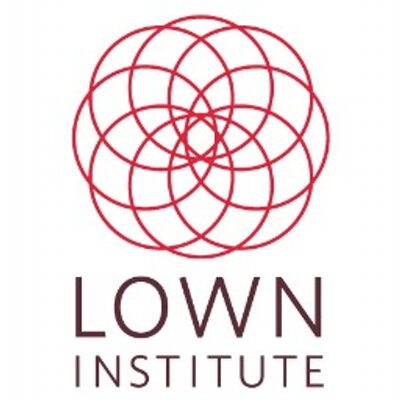In April, I had the pleasure of attending the 4th Annual Lown Institute Conference in Chicago. The Lown Institute was named after and inspired by Dr. Bernard Lown, a renowned cardiologist who also championed social change by co-founding the International Physicians for the Prevention of Nuclear War, an organization to prevent nuclear war during the Cold War. The theme of the conference was promoting “right care” by addressing overuse, underuse and misuse of medical services through a coalition of patient advocates, community organizers and medical professionals.
Listening to Dr. Rita Redberg, editor-in-chief of JAMA Internal Medicine, as she kicked-off the conference as the first keynote speaker, I looked forward to a well-organized, enlightening weekend of knowledge that I could take back to my home institution. Over the course of several days, I heard different speakers share ideas and opinions about how to bring “right care” to institutions from a grassroots level. Patient advocates rallied against medical overuse with personal, emotional stories of family members who had experienced negative outcomes due to unnecessary testing (e.g. a CT chest finding of coronary calcifications leading to coronary angiogram with subsequent iatrogenic complications).
Residents and fellows joined with clinicians in various oral and poster presentations, describing programs at their respective institutions that focused on issues such as excessive phlebotomy draws, telemetry monitoring and chest x-rays. For example, one group from Johns Hopkins Bayview Hospital used notecard guides attached to each computer station to reduce unnecessary phlebotomy draws, and after one year had not only saved the hospital $1.25 million, but also provided a better patient experience through less early morning awakenings and fewer needle sticks. These notecards even provided literature references on the back, thus acting as a teaching tool as well.
As I listened to other speakers, I realized that part of “right care” included efforts to (1) formulate a healthy work atmosphere in which residents can practice, (2) differentiate between misleading medical literature and the truth, and (3) resolve the social dilemmas underlying “non-compliance.” However, these idealistic goals left a number of unanswered questions. How can physicians, including residents and fellows, see so many patients in a stressful atmosphere of a hospital and consistently provide personable care? How can they have the time to read the details of medical literature to determine whether the conclusions should be applied to one’s medical practice when even meta-analyses have been found to be misleading? How can we have the time or resources to determine and resolve the social issues that affect a patient’s health?
From what I heard at the conference, all of these issues are works in progress. Across the country, early efforts are in motion: an ethicist by training has improved the work environment in an ICU to improve patient care; a group is working on a cell phone application that provides accurate recommendations of medical literature; there is a movement led by Dr. Jeffrey Brenner and the Camden Coalition to create teams that address the social issues affecting patient health.
Armed with new insight and awareness, I left the conference feeling enlightened and returned to work, motivated by the examples of “right care” and change that I saw being instituted at other institutions.

